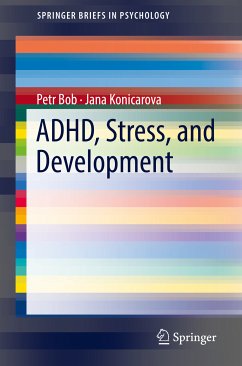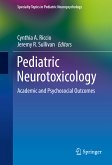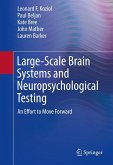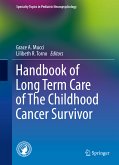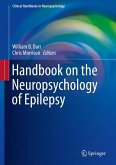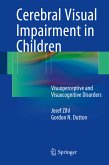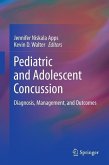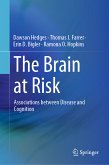Included in the coverage:
· Definition, diagnosis, and epidemiology of Attention Deficit and Hyperactivity Disorder.
· Historical and recent research on ADHD.
· Attentional functions, executive dysfunctions, and stress, implications for ADHD.
· Neural dissolution, dissociation, and stress in ADHD.
· Attention, brain-mind integration and ADHD.
· Implications for education and therapy of ADHD children.
ADHD, Stress, and Development ably synthesizes past and current understanding into a robust framework with implications for real-world practice. It offers practitioners and researchers new perspectives and future directions in neuropsychology, psychiatry, child and school psychology, and pediatrics.
Dieser Download kann aus rechtlichen Gründen nur mit Rechnungsadresse in A, B, BG, CY, CZ, D, DK, EW, E, FIN, F, GR, HR, H, IRL, I, LT, L, LR, M, NL, PL, P, R, S, SLO, SK ausgeliefert werden.

